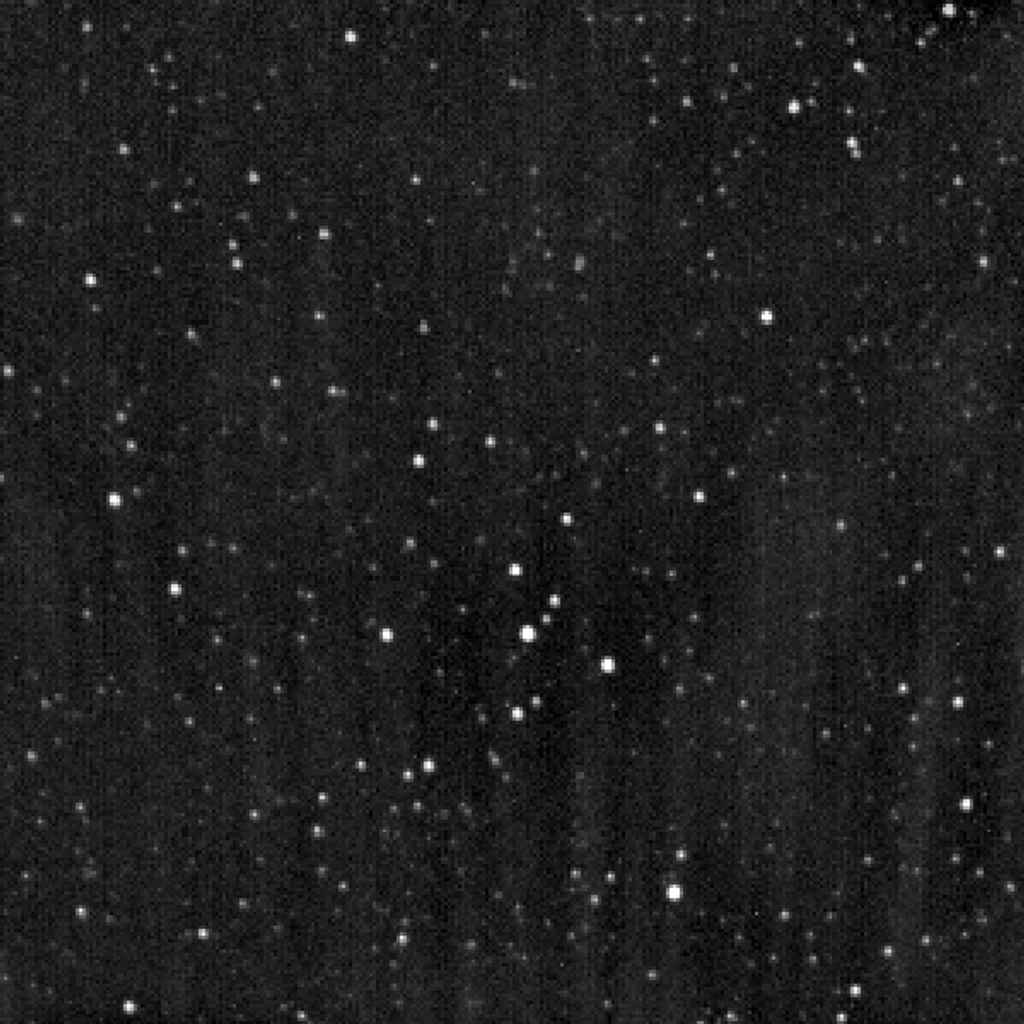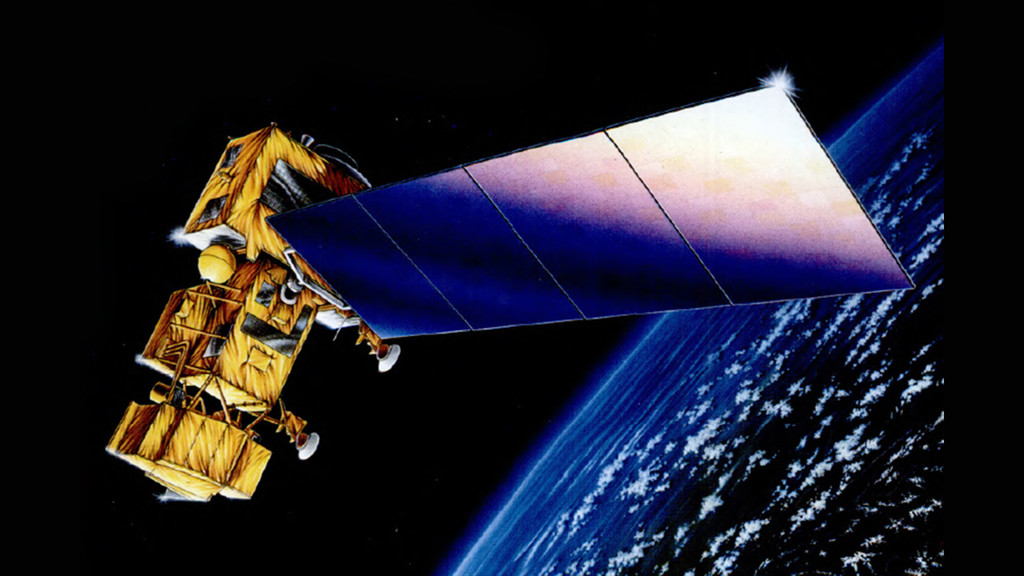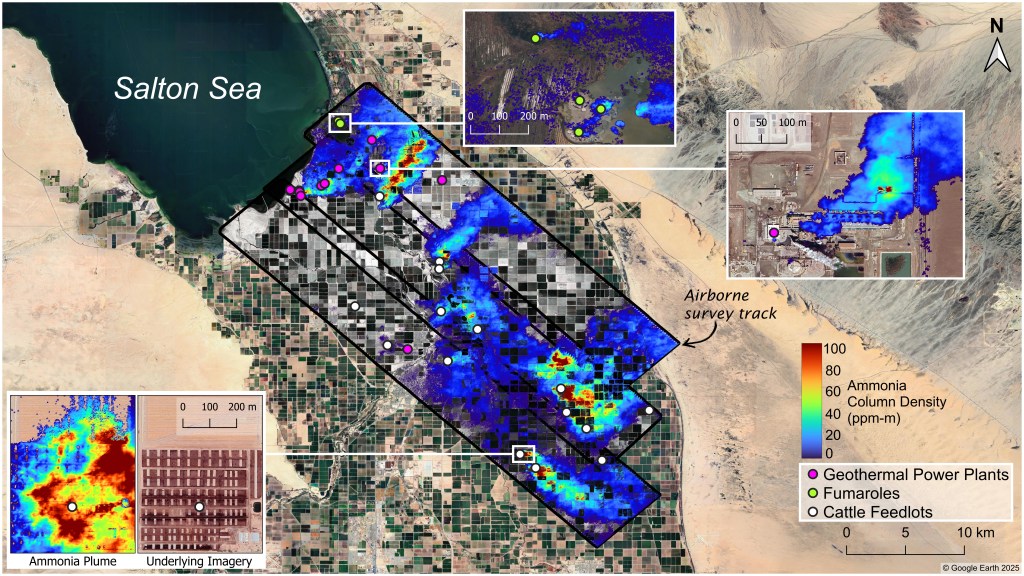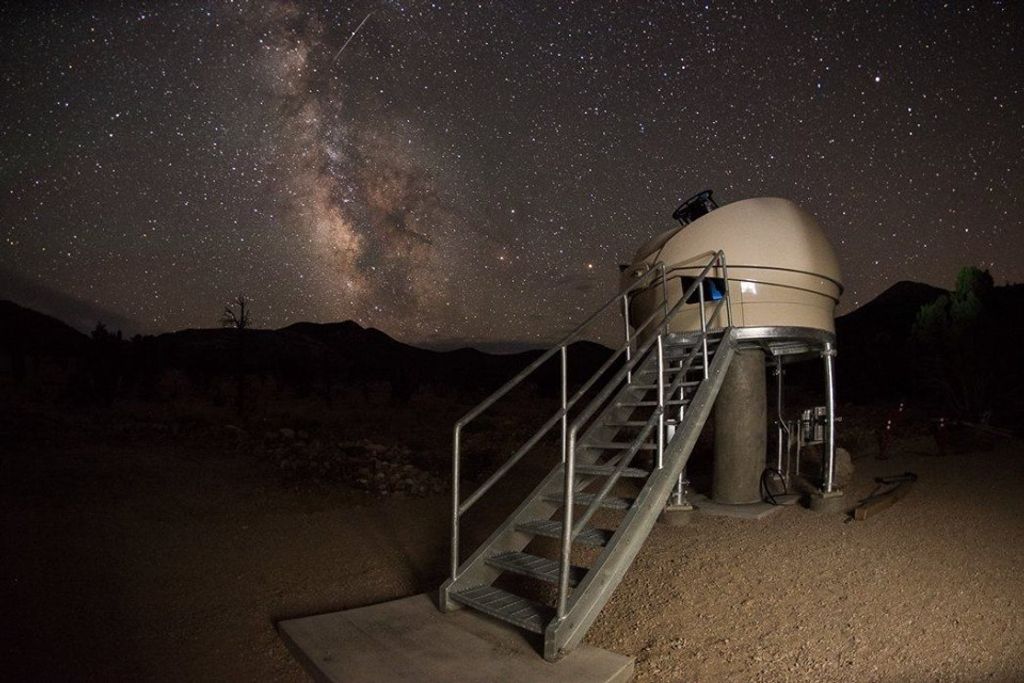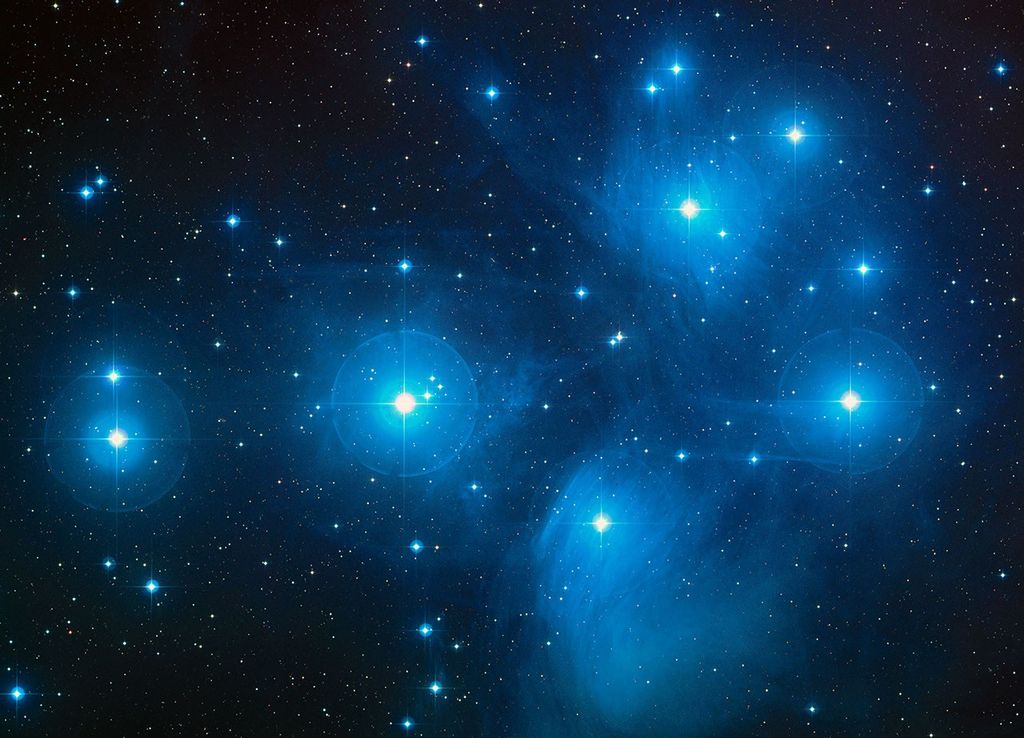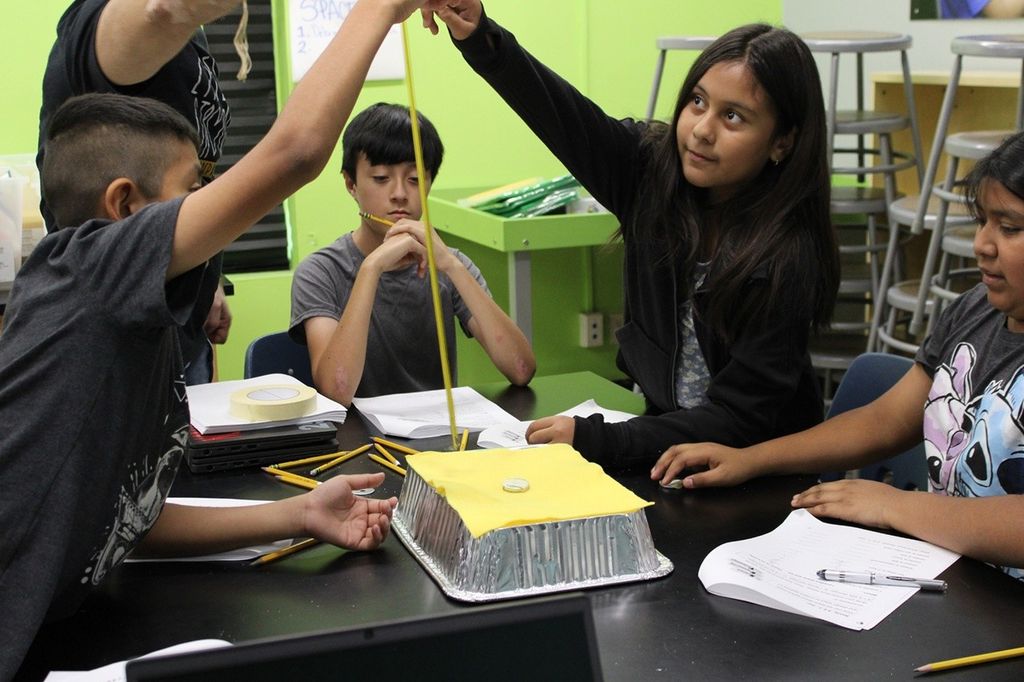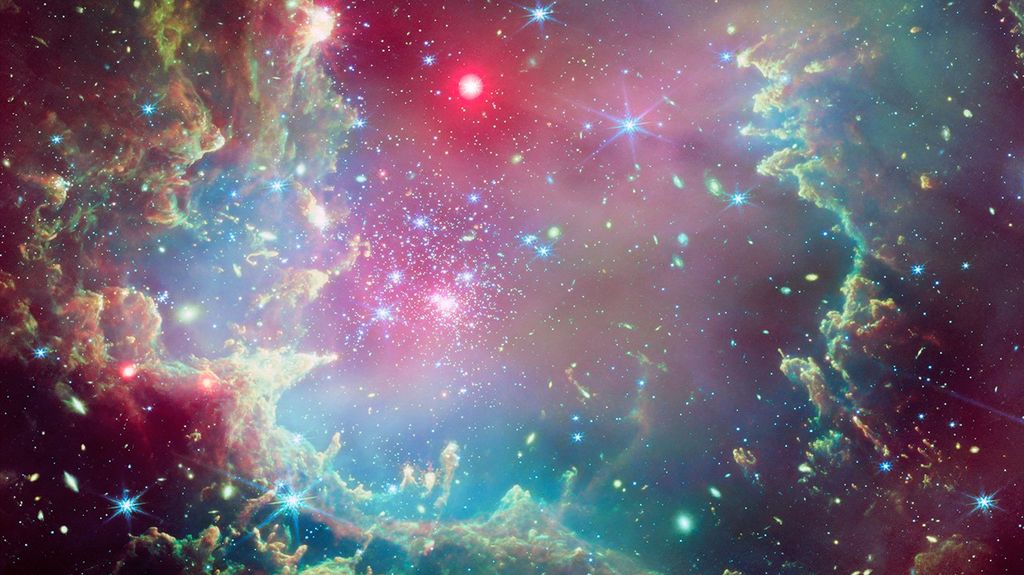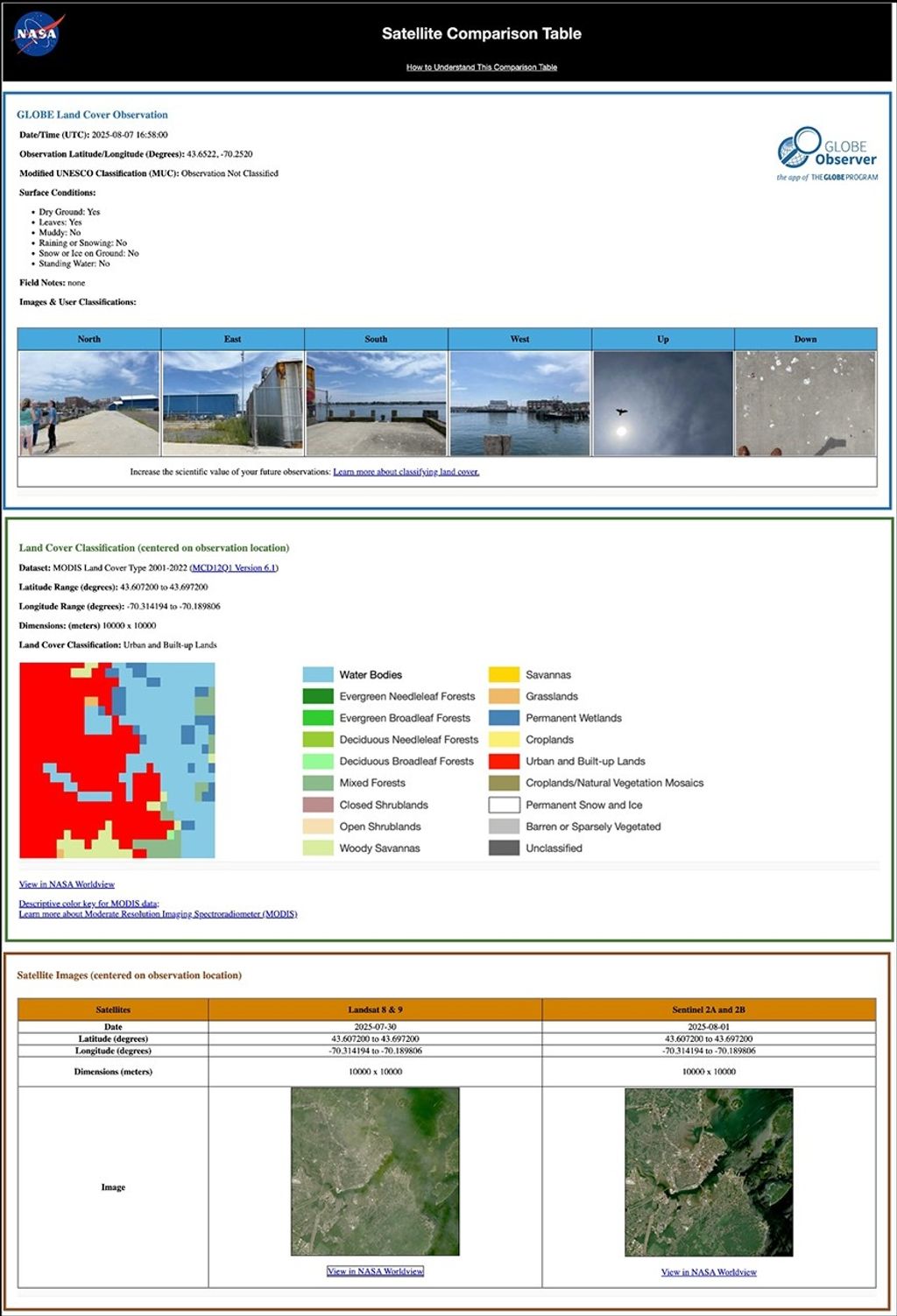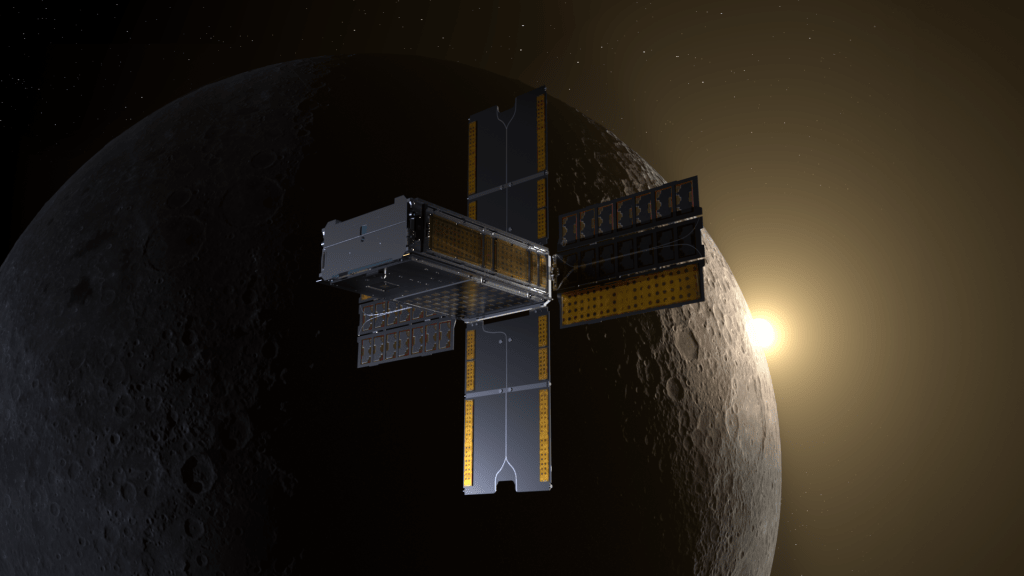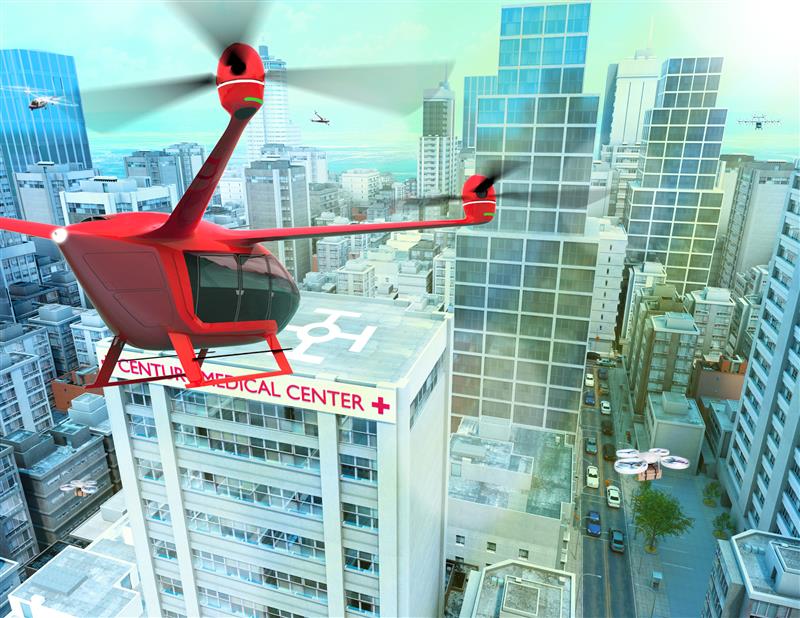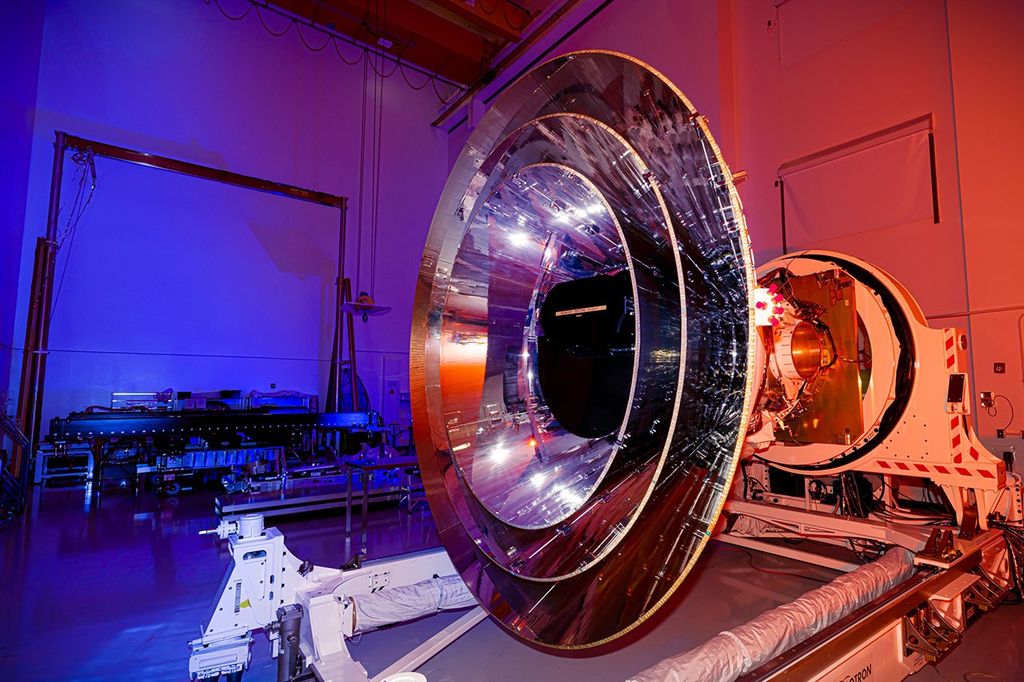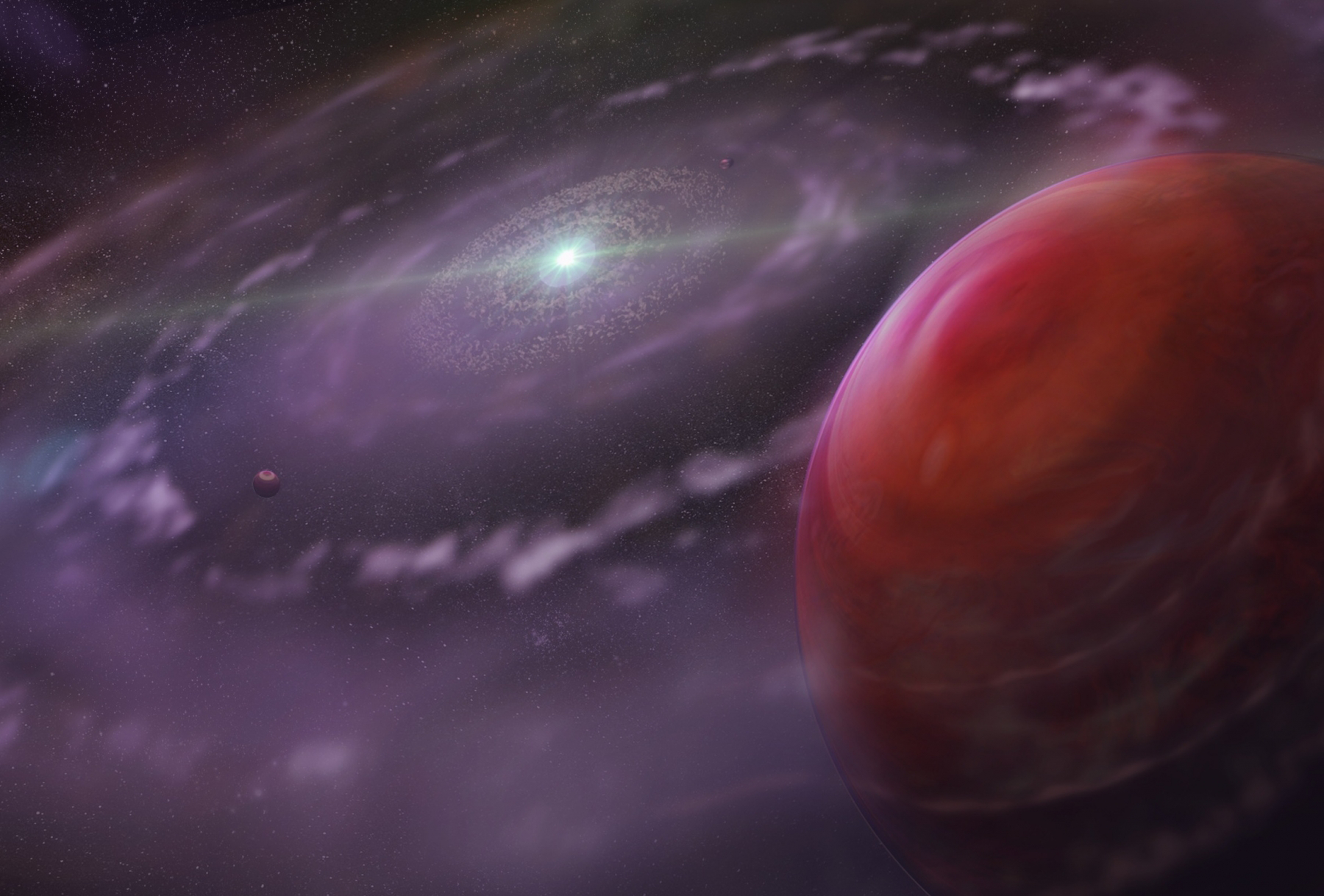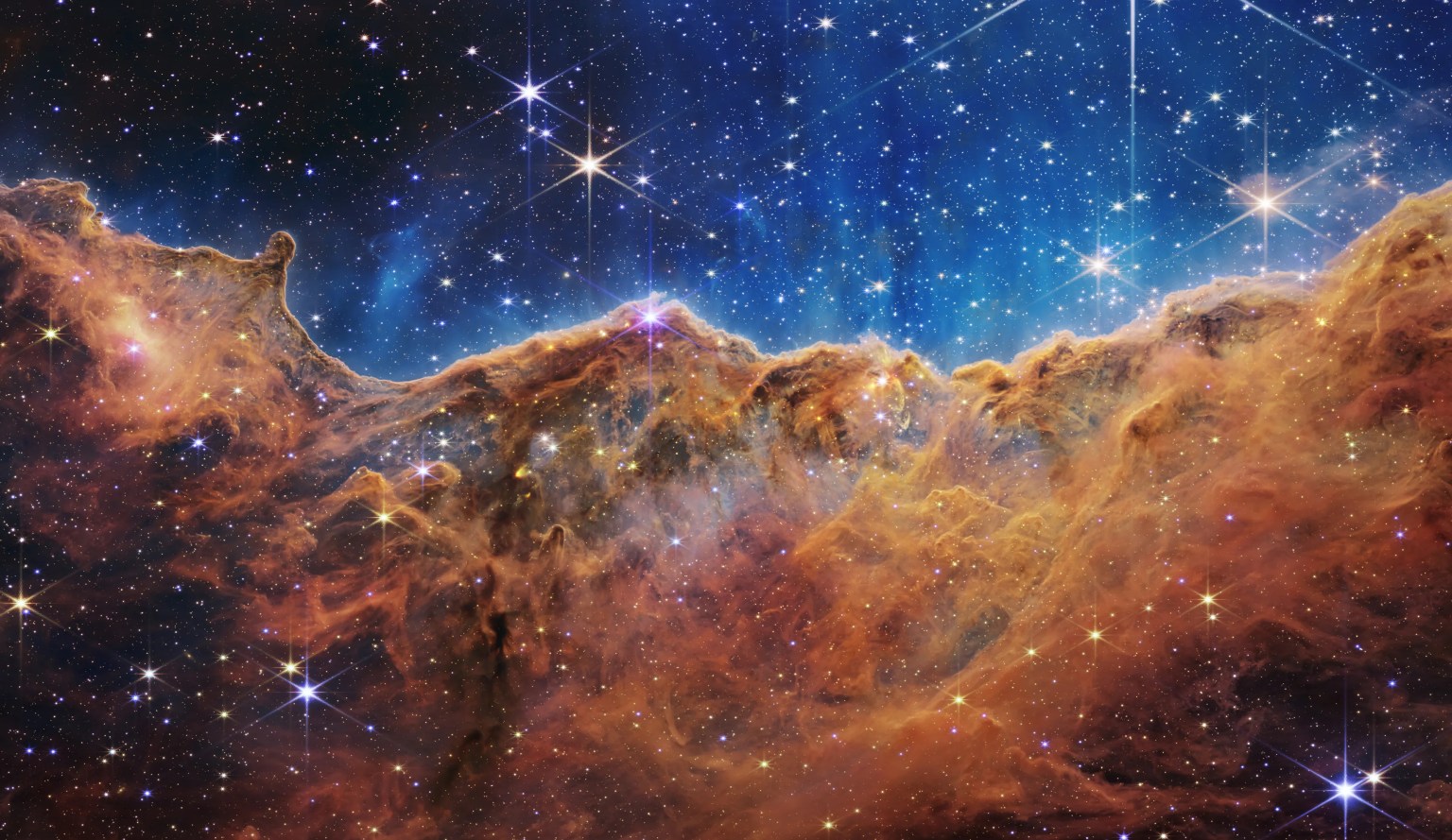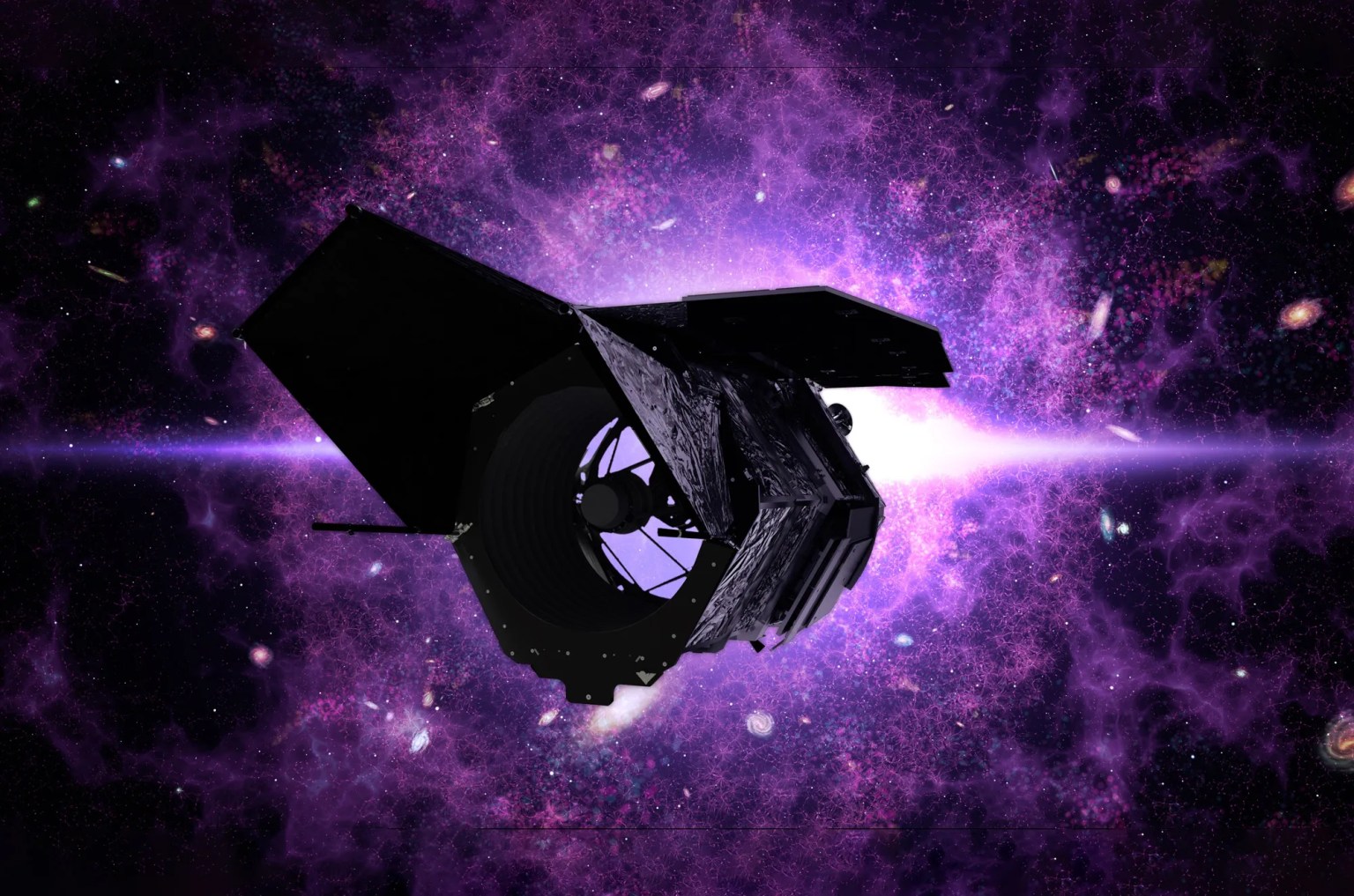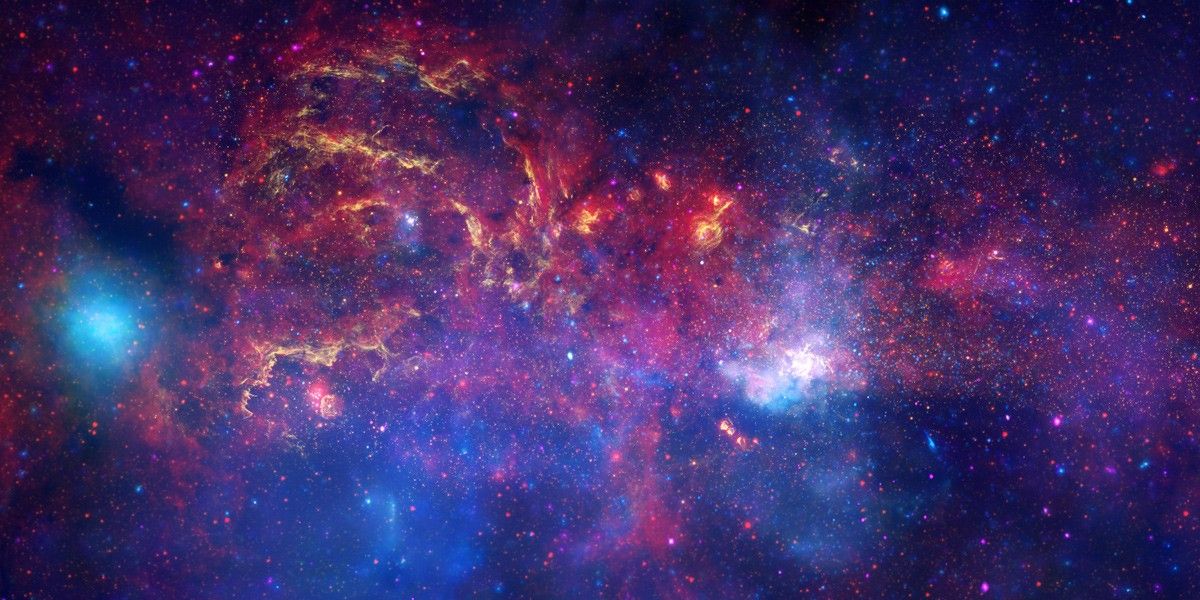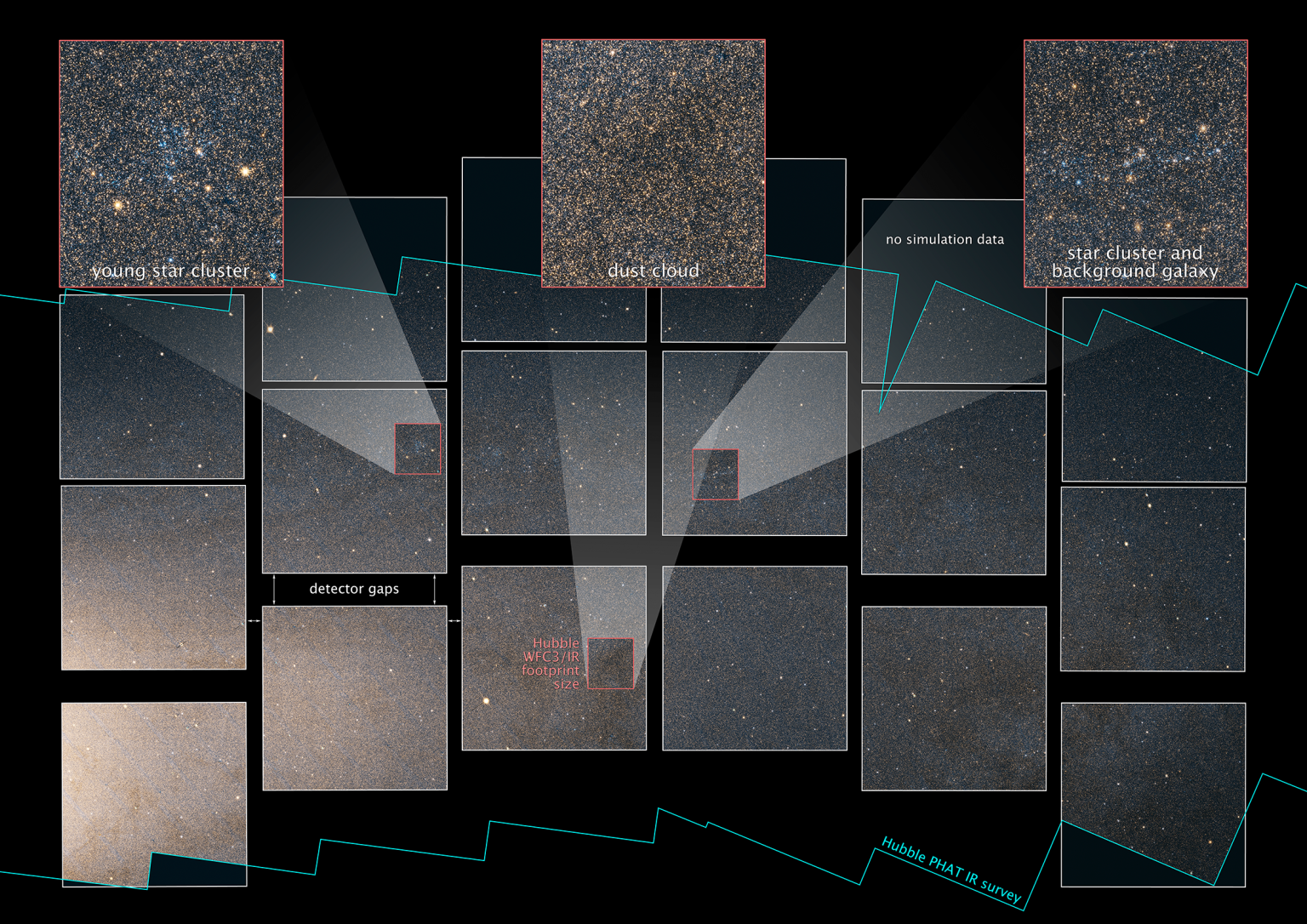
HWO Science
This observatory would provide powerful capabilities for transformational astrophysics discoveries, from our cosmic backyard of the solar system to the distant universe and everything in between.
The first element of the telescope's name, "Habitable Worlds," represents the quest to image Earth-like planets around other sun-like stars. At the same time, "Observatory" emphasizes the powerful and wide-ranging astrophysics.
Are We Alone? The Search for Life on Habitable Worlds
This AAS 245 plenary lecture by HWO Interim Project Scientist Dr. Giada Arney will provide an overview of the challenges and strategies associated with searching for life on exoplanets and interpreting remotely observable biosignatures.
Tune in to the next meetingThe Astro2020 Decadal Survey identified three science themes: Worlds and Suns in Context, Cosmic Ecosystems, New Messengers, and New Physics. The survey also recommended that NASA develop the first large UV/optical/NIR telescope specifically designed to search for signs of life on exoplanets. A large UV/optical/NIR observatory is needed to image Earth-like planets around other Sun-like stars and make leaps in a wide range of astrophysics areas.
The Habitable Worlds Observatory is NASA's response to the call in the Decadal. HWO Scientists will quantify HWO’s science objectives based on the Decadal Survey’s guidance and outline the observatory and instrument capabilities needed to accomplish them.
If planets like Earth are rare, our own world becomes even more precious. If we do discover the signature of life in another planetary system, it will change our place in the universe in a way not seen since the days of Copernicus.

National Academies of sciences, engineering, and medicine
Astro2020 Decadal Survey Report
The Story of Life in the Universe
Astro2020 Theme
Worlds and Suns in Context: Pathways to Habitable Planets
The Habitable Worlds Observatory would be the key tool to discover potentially habitable worlds in nearby planetary systems and search them for signs of life. This Decadal science theme will drive technology on HWO to tell whether an exoplanet is inhabited throughout different stages of habitability. Studying the connections between stars and their orbiting worlds will also help us understand how those relationships affect a planet’s ecosystem.
HWO Theme: Discovering Living Worlds
The only planet in our universe currently known to harbor life is our home, Earth. But is our planet unique? HWO will search for exoplanets orbiting around stars in the solar neighborhood and focus on finding potentially Earth-like planets residing in their stars' habitable zone, the region around a star where liquid water may be possible at the planetary surface. HWO will directly image these planets via the light they reflect from their host stars. This light, filtered through the planet's atmosphere, contains signatures of the planet's atmospheric composition and may exhibit signs of "biosignature" gases potentially produced by life.
On Earth, our global biosphere is so productive that it strongly affects the composition of the atmosphere (for example, via oxygen produced by photosynthesis) and would be recognizable to a remote observer. However, Earth has not always looked like it does today. Earth had no oxygen in its infancy, and other gases (e.g. methane) were produced by our planet’s earliest microorganisms. All biosignatures must be carefully considered in the contexts of their environments to rule out potential false positives that could fool us. HWO is the first observatory designed specifically to search for signs of life on exoplanets.
HWO Theme: Understanding the Solar System in its Galactic Context
Our Solar System is home to a rich variety of planets, moons, and small bodies which all offer important clues to how it formed and how it has evolved over time. HWO will observe numerous other planetary systems, placing our Solar System in context. By doing so, HWO will address overarching questions regarding planetary system architectures, planetary composition, and planet formation and evolution. HWO will also address trends in planetary populations, including trends related to habitability and life. HWO solar system observations will address a broad range of topics, including potentially habitable environments in the outer solar system, small bodies and the ways in which they inform our understanding of the formation of our solar system, and ways in which we can protect human life and property on Earth, the moon, and Mars from hazards in space."
While undertaking an unparalleled observational program that will enhance the exploration of our own solar system, HWO will also make revolutionary discoveries in exoplanetary system science across the ultraviolet, optical, and near-infrared wavelength ranges, while undertaking an unparalleled observational program that will enhance the exploration of our own solar system. By directing its powerful capabilities toward a wide range of exoplanets — from gas giants to potentially habitable water worlds — HWO will yield unprecedented insights into the nature, diversity, and atmospheric properties of these worlds.
Transformational Astrophysics
Astro2020 Theme
Unveiling the Drivers of Galaxy Growth
Galaxies are the building blocks of the universe, but what drives their growth and evolution? Scientists want to understand how galaxies form, the role of black holes and star formation in their development, and how they interact with their surrounding environment over billions of years. These questions lie at the heart of this Astro2020 Decadal theme.
HWO will be key in answering these questions using new observational capabilities beyond those of Hubble and Webb. By examining galaxies in detail in the nearby universe and tracing the flows of matter that drive growth across cosmic time, HWO will help scientists understand galaxy formation at all times and distances. Its advanced instruments will allow us to study the faintest and most distant galaxies, unraveling the processes that shaped the universe as we see it today. By peeling back the layers of galactic history, we’ll gain insights into how galaxies—and the stars, planets, and life within them—came to be.

HWO Theme: Uncovering the Drivers of Galaxy Growth
HWO will enable transformative observations that advance our understanding of how galaxies form, evolve, and interact with their environments over cosmic time. HWO will trace the history of cosmic star formation, map the buildup of heavy elements, and reveal the dynamic interplay between galaxies and their surroundings in the cosmic ecosystem. Key areas of investigation include the growth and co-evolution of supermassive black holes and their host galaxies, the energetic feedback mechanisms by which black holes influence and regulate star formation, and the complex exchange of gas between galaxies and the circumgalactic medium.
HWO will also provide unprecedented characterization of ionizing radiation across epochs, illuminating the era of cosmic reionization when starlight from the first stars and galaxies ionized most of the universe’s hydrogen. In addition, HWO will place powerful new constraints on the nature of dark matter and explore how dark matter and dark energy shape the formation and growth of large-scale structure. Together, these studies will confront some of the most profound questions in galaxy formation, evolution, and cosmology, delivering a cohesive picture of how the universe gave rise to the richly structured cosmos we observe today.
HWO Theme: Following the Evolution of the Elements Over Cosmic Time
Stars are element factories, fusing lighter elements into heavier elements. From stellar birth to stellar death, the lifecycle of stars enriches the universe with elements heavier than hydrogen and helium, including the elements from which we are all made. The dispersal of heavier elements is dictated by the life story of the host star and their companions. By exploring the birth, life, and death of stars, HWO follows the evolution of the elements over cosmic time.
HWO will examine the conditions under which stars form, and the processes that drive, regulate, and extinguish star formation in the Milky Way and other galaxies. By observing individual stars residing in a variety of environments, we can uncover how stars evolve and the role that properties such as stellar mass, binarity, and metallicity play in that evolution. HWO will also study dying stars to understand how they return their elements to the surrounding interstellar medium, seeding material for the next generation of star and planet formation. These life stages of a star are intimately linked to the production and distribution of heavier elements and influence the formation of subsequent generations of stars and planets in the Milky Way and beyond.






